Waste Wood Treatment
What is Waste Wood?
According to the applicable waste wood ordinance, wood that has already been used for material purposes and is now available as a secondary raw material is referred to as waste wood. The majority of waste wood is generated during renovations, building conversions and demolitions.
In general, the following groups belong to the category of waste wood:
- Construction and demolition wood (timber formwork, scaffolding, chipboard, solid wood)
- Constructional and building timber (if not treated)
- Packaging material made of wood (boxes, pallets)
- Waste from the furniture-processing industry
- Old pieces of furniture (e. g. made of solid wood); among them are cabinets, wardrobes and tables
- Furniture with lacquer coating or plastic coatings (e. g. kitchen cabinets)
- Wood from bulky waste
Waste Wood Categories
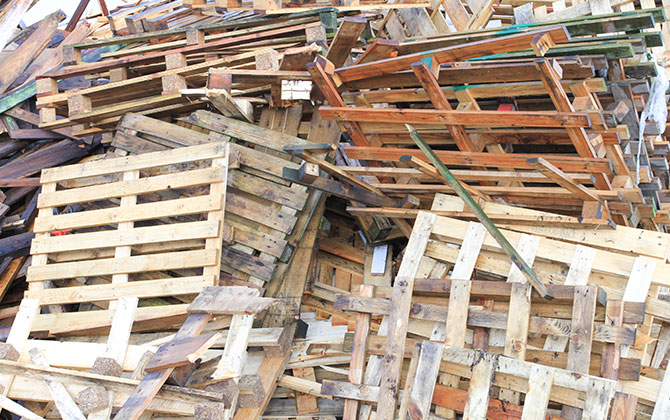
CATEGORY A 1
Natural, only mechanically processed scrap wood
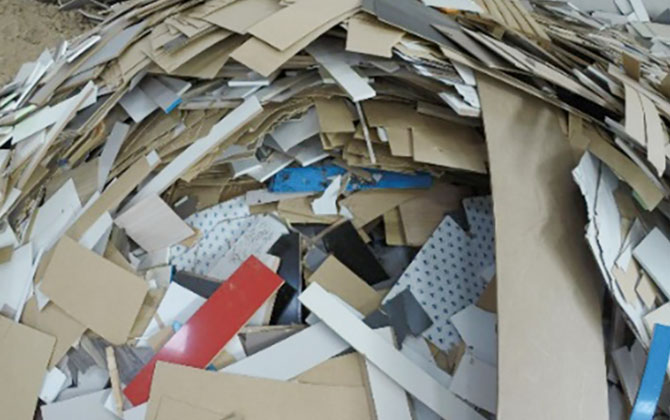
CATEGORY A 2
Glued, painted, coated, varnished or otherwise treated waste wood without organohalogen compounds in the coating and without wood preservatives
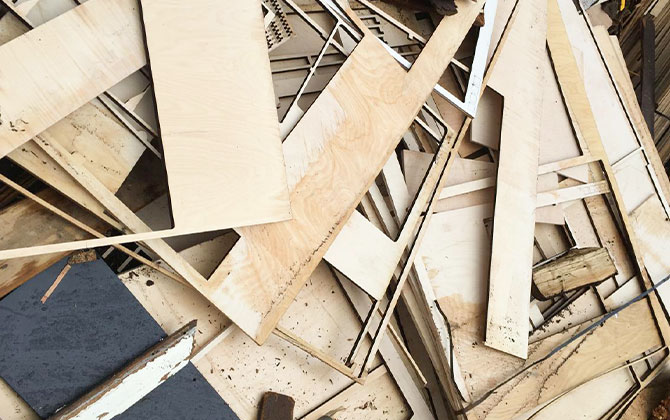
CATEGORY A 3
Waste wood with organohalogen compounds in the coating without wood preservatives
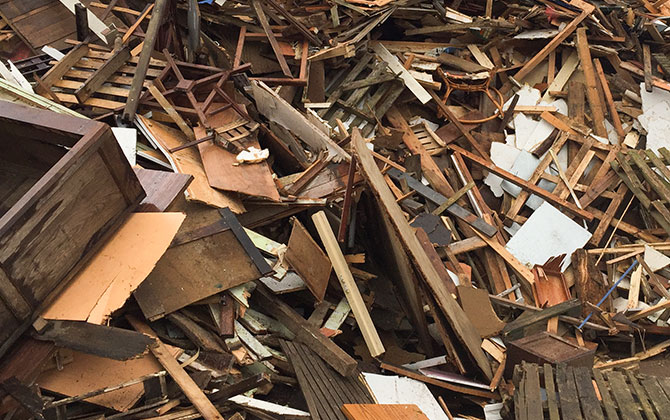
CATEGORY A 4
Waste wood treated with wood preservatives, for example railway sleepers, utility poles, hop poles, vineyard poles, and other waste wood contaminated with pollutants
The following woods do not belong to the category of waste wood according to the Waste Wood Ordinance:
- Residual forest wood (weak wood / small wood)
- Uncontaminated industrial residual woods
- Wooden objects that are connected to other materials (e.g. wooden windows that still have glass residues. These are not disposed of as waste wood, but belong in the construction waste container.)
Sustainability: Why Should Waste Wood be Processed?
The growing global demand for primary and renewable raw materials, as well as the limited availability of fresh wood, is reason to exploit existing resources to the maximum. The recycling of waste wood is an important part of this and contributes significantly to the sustainable use of raw materials. The more consistently waste wood is recycled, the greater the contribution to climate and resource protection.
Recycling of Waste Wood
Processed waste wood can be recycled both materially and energetically.
Around 20% of the processed waste wood is used within the wood-based materials industry in the production of chipboards.
A large part, approx. 80%, of the processed waste wood is used in waste wood power plants to generate environmentally friendly energy.
The type of recycling is determined on the basis of the initial quality of the waste wood. Only category A 1 - A 2 material is permitted for the production of new wood-based materials.
How Does the Processing of Waste Wood Work?
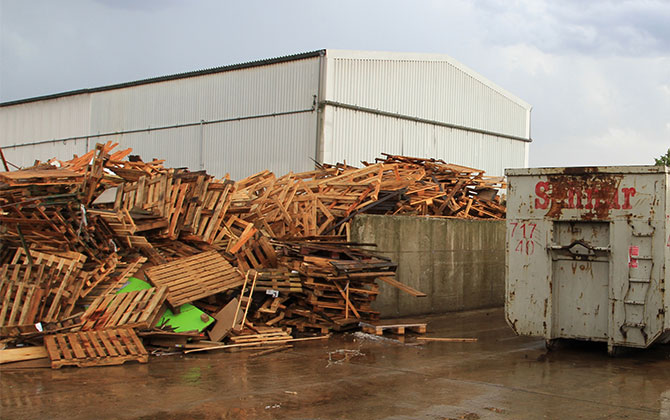
Reception, Sorting, Removal of Disruptive Material (Impurities):
The professional recycling of waste wood usually takes place at the local recycling center. The delivered batches of wood are sorted into the four above-mentioned waste wood categories, depending on the material properties and composition.
The removal of impurities can be done manually, semi- or fully automated. The automated versions often use sorting machines such as air classifiers, magnetic separators or NIR systems.
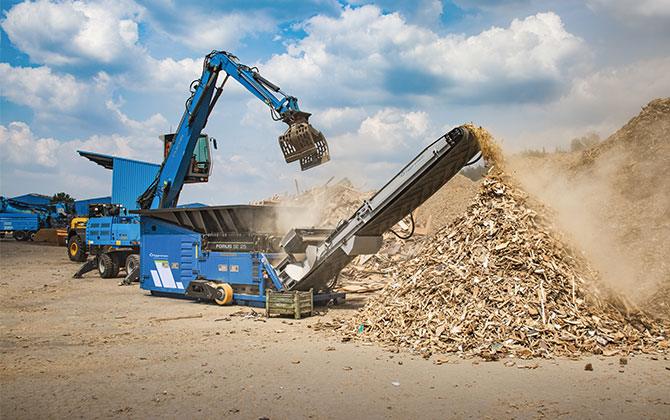
Shredding:
Efficient shredding of the material is essential, especially for the energetic use of waste wood. The TEUTON universal shredders as well as the pre-shredders of the FORUS series are absolute professionals in the field of waste wood shredding and easily produce the desired final grain size.
The integrated magnetic separators also remove metallic components (nails, screws) remaining in the material after sorting from the treatment process.
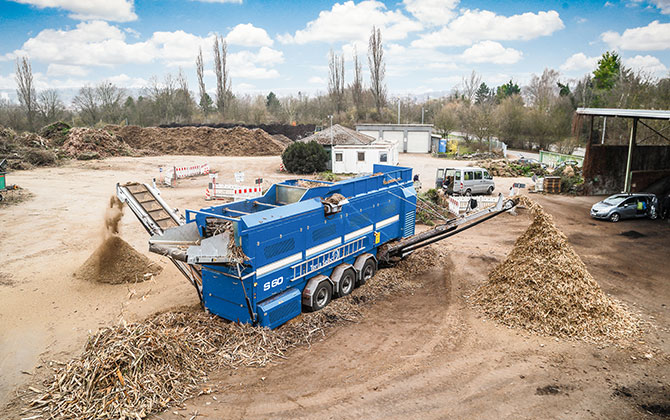
Screening:
Another step in the processing of waste wood is the subsequent screening of the material. In this process, the oversize (larger pieces of material) is separated from the finer material. Subsequently, the fine fraction can be used for recycling in the above-mentioned energy production. The oversize material can be recycled back into the process and be shredded and/or screened again. For screening, mainly drum screens are used, for example drum screens of the TERRA SELECT series, as well as 3-fraction star screens such as the STAR SCREEN S 60 star screen from Eggersmann.